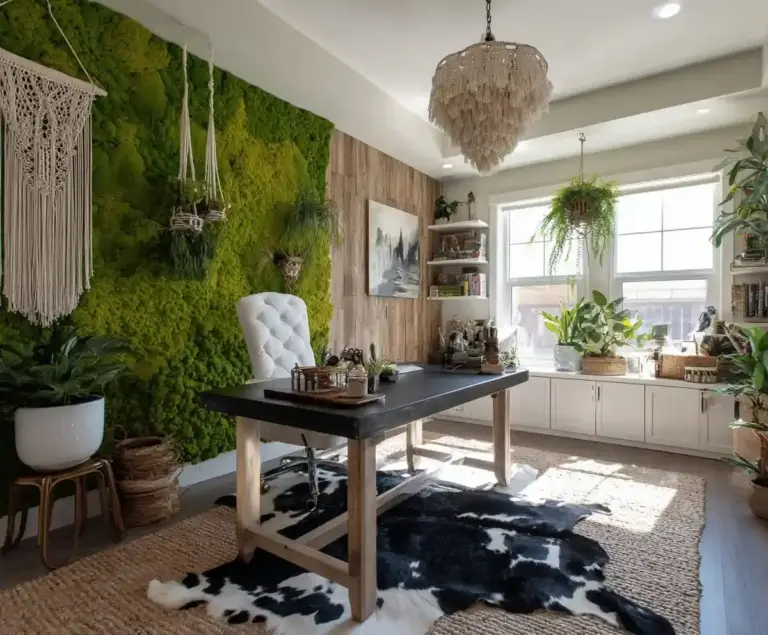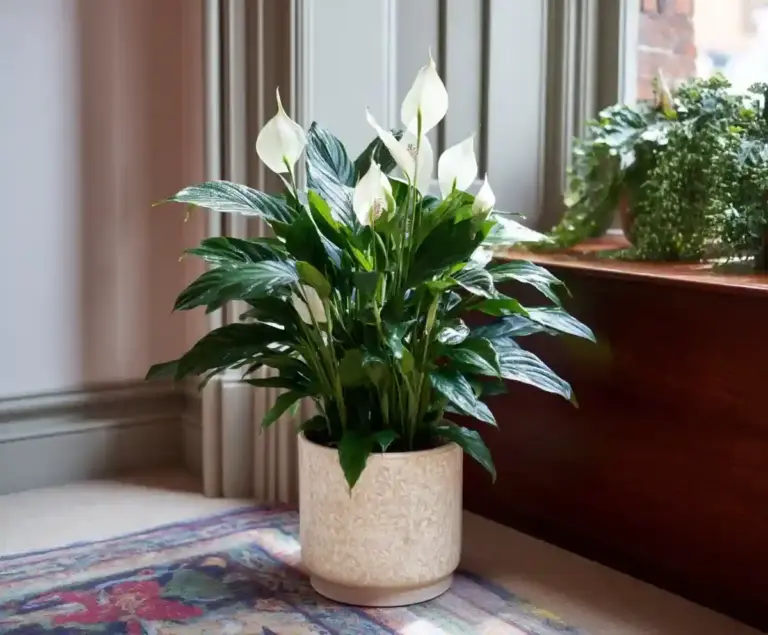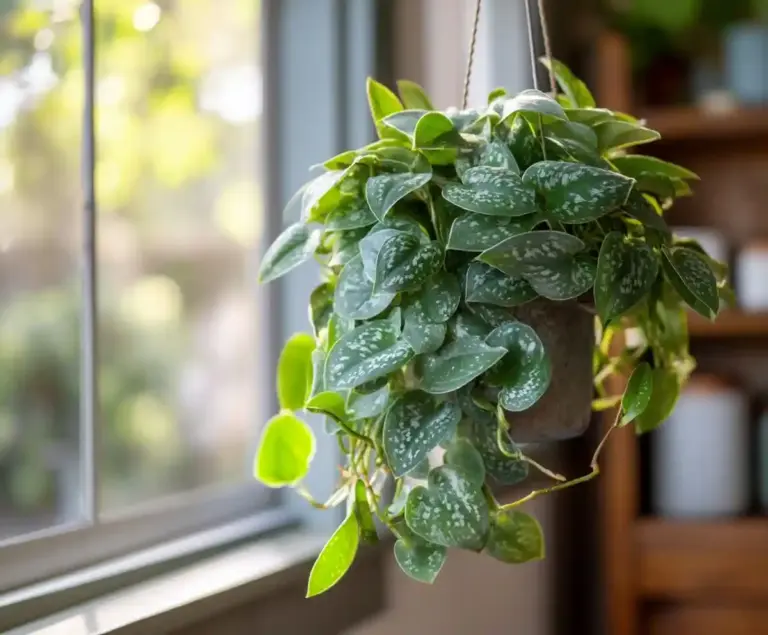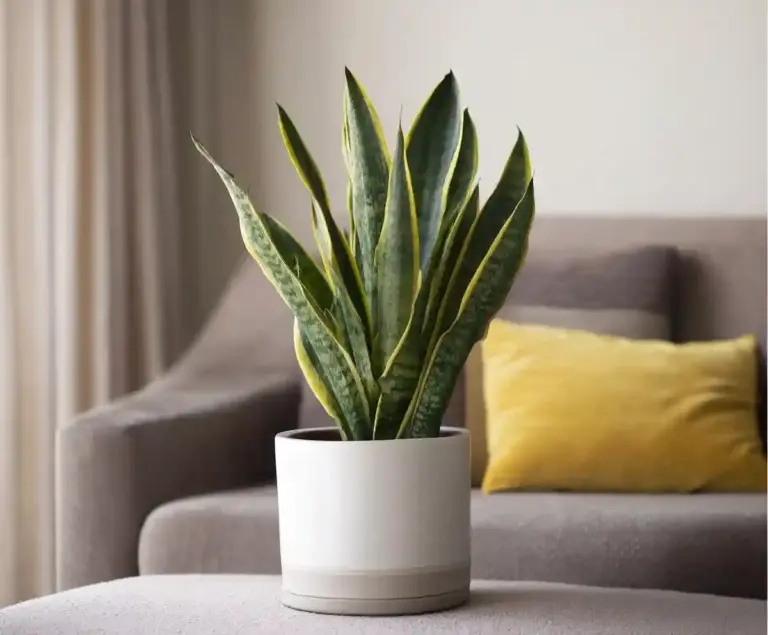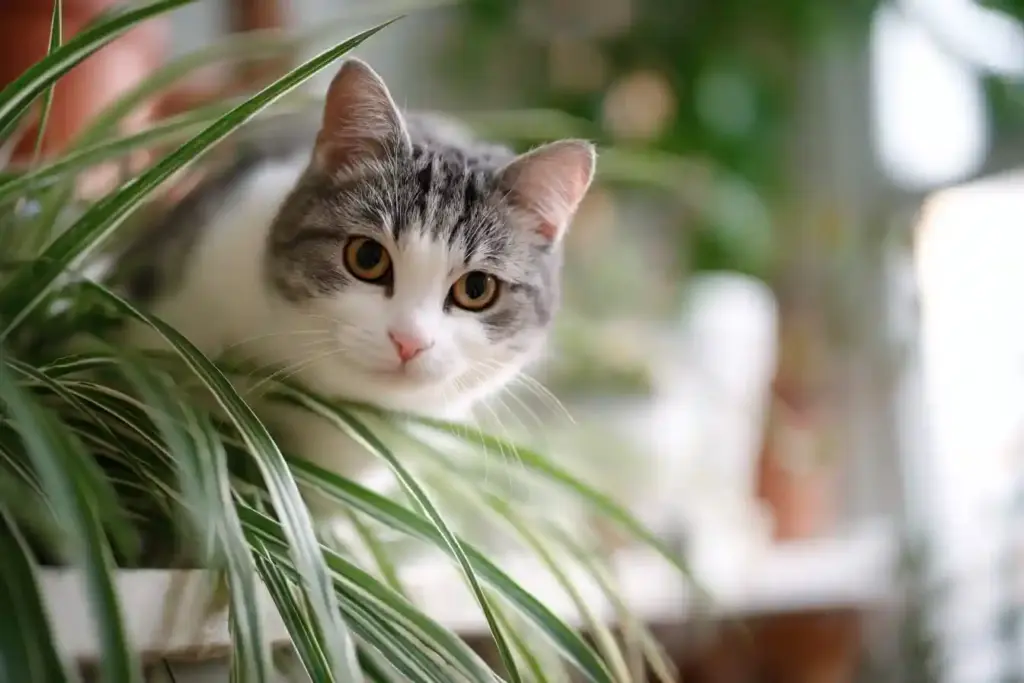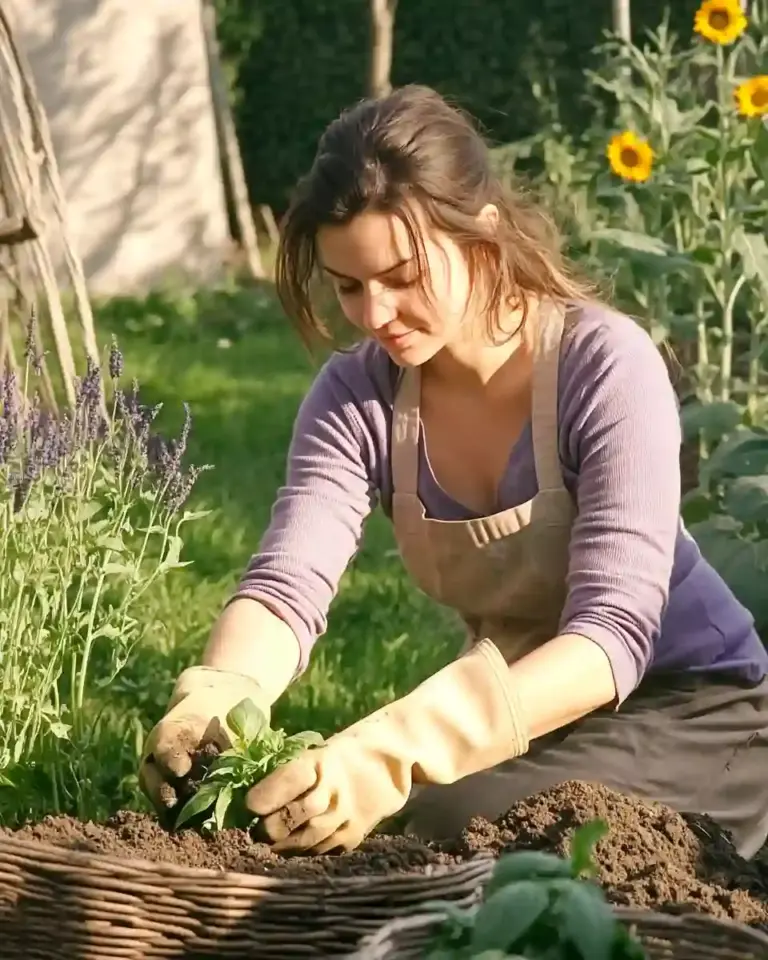Spider plant brown tips are one of the most common frustrations houseplant lovers face. The rest of the plant may look healthy, yet those crisp, dry edges make it seem like something is wrong. According to horticulturist Justin Hancock, brown tips don’t usually mean your spider plant is dying, but they are a signal that growing conditions need a closer look.
From watering issues to environmental stress, several factors can cause this problem. The good news is that most of them are easy to correct once identified. Let’s look at the main reasons your spider plant may develop brown leaf tips and what you can do about it.
Table of Contents
Your Plant Has Gotten Too Dry
One of the most common reasons for spider plant brown tips is underwatering. When the soil dries out too much, the roots struggle to take up enough moisture, and the leaf tips are the first to show signs of stress.
A simple fix is to check the top two inches of soil regularly. If it feels dry, it’s time to water. While every home environment is different, many spider plants thrive with a weekly watering schedule. Instead of watering by the calendar, experiment until you find the right rhythm that keeps the soil lightly moist but never soggy.
Your Plant Is Exposed to Drafts
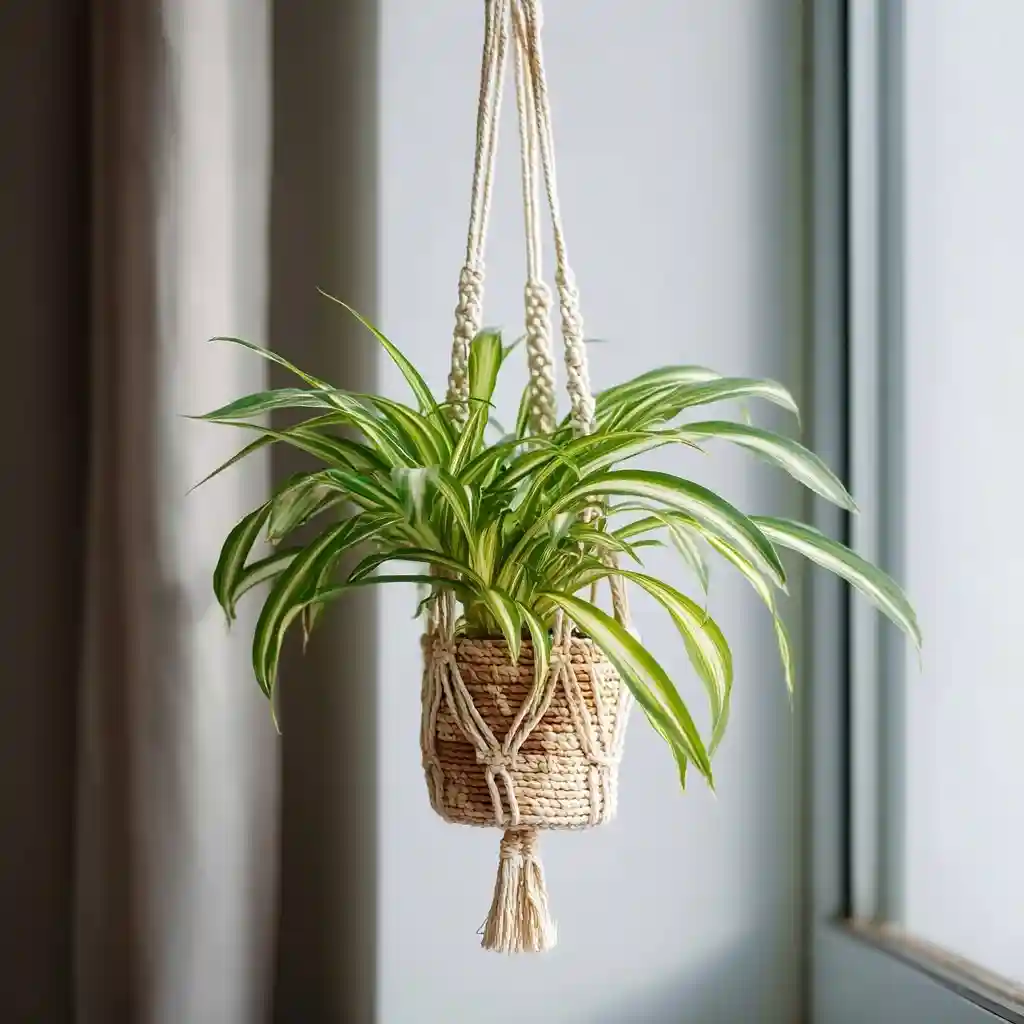
Another sneaky cause of spider plant brown tips is exposure to drafts. Air conditioning vents, heaters, or leaky windows can blow dry or cold air directly onto the plant. This constant stress dries out the delicate leaf edges, leaving them crispy and brown.
The simplest solution is to move your spider plant away from vents, doors, or drafty windows. Even a small change in placement can prevent future damage. Keep in mind, once a leaf tip turns brown, it won’t return to green. If the appearance bothers you, trim the affected tips with clean scissors—it won’t harm the plant.
Humidity Levels Are Low
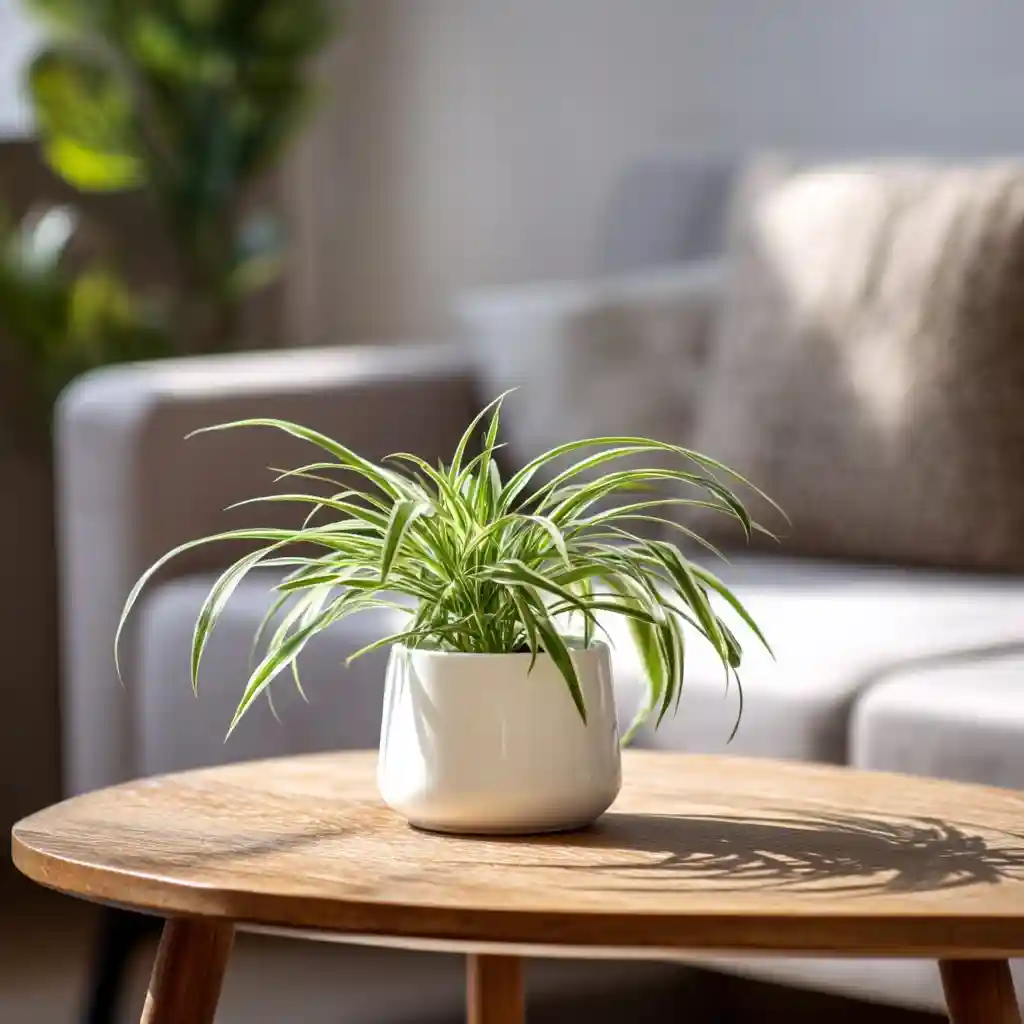
Low humidity is another common trigger for spider plant brown tips. These plants come from tropical environments where the air stays naturally moist, so dry indoor air can quickly stress them out.
Spider plants are happiest when humidity levels stay around 50–60%. If your home tends to be dry—especially during winter heating season—there are a few easy fixes:
- Place a humidifier near your plant
- Set the pot on a pebble tray filled with water
- Mist the leaves lightly in the morning
- Move the plant to a naturally humid space, like a bathroom or kitchen
You’ve Overfertilized Your Plant
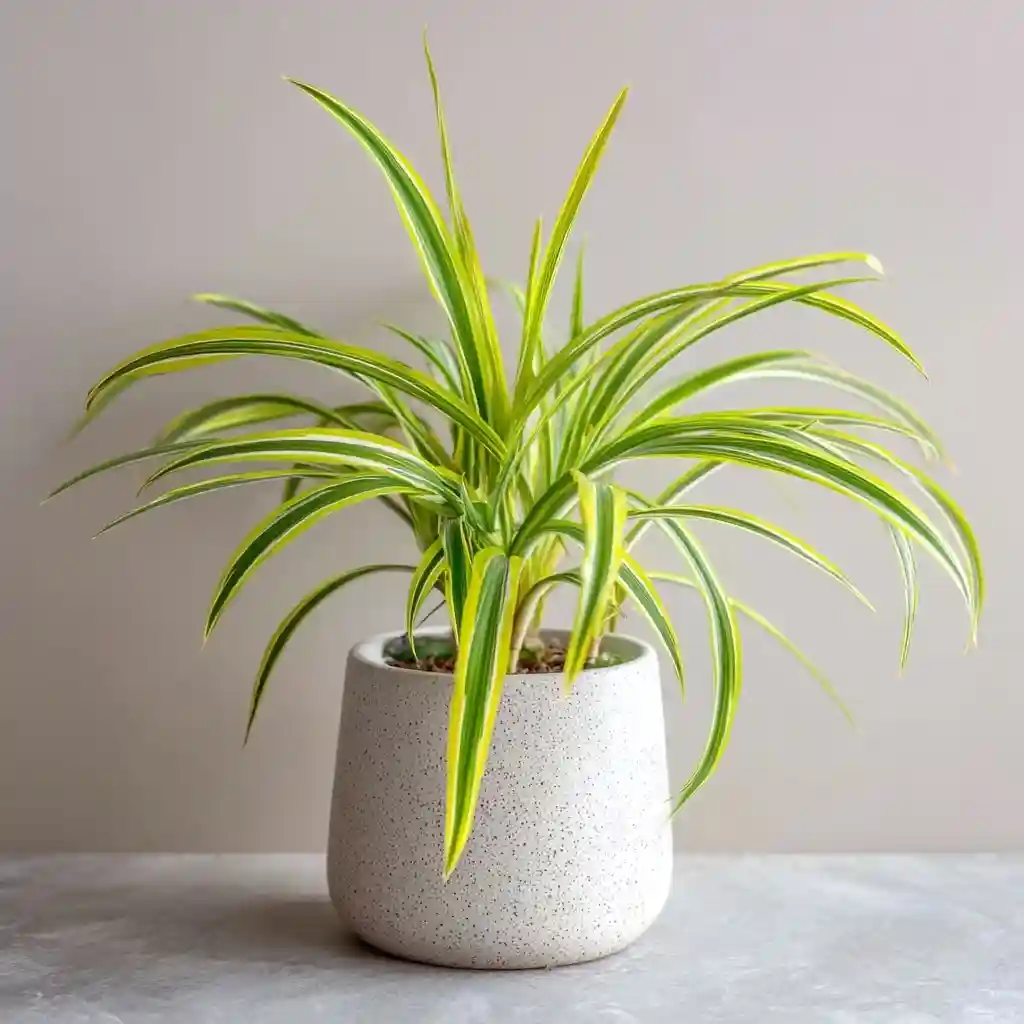
Too much fertilizer can also lead to spider plant brown tips. When excess nutrients build up in the soil, salts accumulate around the roots and burn the leaf edges. This often shows up as crisp, brown tips even if the rest of the plant looks healthy.
Spider plants only need light feeding during their active growing season in spring and summer. A balanced, water-soluble fertilizer once a month is usually plenty. If you’ve been fertilizing more often, or using a strong formula, pause for a while and see if the problem improves.
Fix by Flushing the Soil
If you suspect fertilizer buildup is behind your spider plant brown tips, flushing the soil can help. This simple process washes away excess salts that may be stressing the roots.
Here’s how to do it:
- Place your plant in a sink or bathtub.
- Slowly pour lukewarm water through the soil until it drains freely from the bottom.
- Repeat this two or three times to ensure salts are flushed out.
- Let the pot drain completely before returning it to its usual spot.
If you notice a white crust forming on top of the soil, that’s another sign of salt accumulation—and a good reason to flush.
FAQ
Can I cut off the brown tips?
Yes, trimming spider plant brown tips is perfectly safe. Use clean scissors and cut just above the healthy green tissue. While the trimmed leaves won’t regrow, the plant will continue producing fresh foliage.
How do I know if my plant is overwatered?
Overwatered spider plants often have limp, yellowing leaves with soft stems. The soil may stay soggy, and you might even spot fungus gnats hovering around the pot.
How often should I water my spider plant?
Water whenever the top two inches of soil feel dry. For most homes, this works out to about once a week, but frequency depends on light, temperature, and pot size.
How much light does a spider plant need?
Spider plants thrive in bright, indirect light for at least eight hours a day. A little gentle morning sun is fine, but avoid harsh afternoon rays, which can scorch the leaves.
Conclusion
Dealing with spider plant brown tips can feel discouraging, but the problem is rarely serious. Brown edges are usually your plant’s way of telling you it needs a small adjustment—whether that’s more consistent watering, protection from drafts, higher humidity, or lighter fertilizing. With a few simple tweaks, your spider plant will stay healthy and continue to grow its signature arching leaves and baby plantlets.
Remember: once tips turn brown, they won’t turn green again, but trimming them won’t hurt the plant. The real goal is to create the right conditions so new growth stays vibrant and fresh.
🌿 Love gardening inspiration? Follow me on Pinterest for bold plant ideas, tips, and seasonal color!
More Posts
